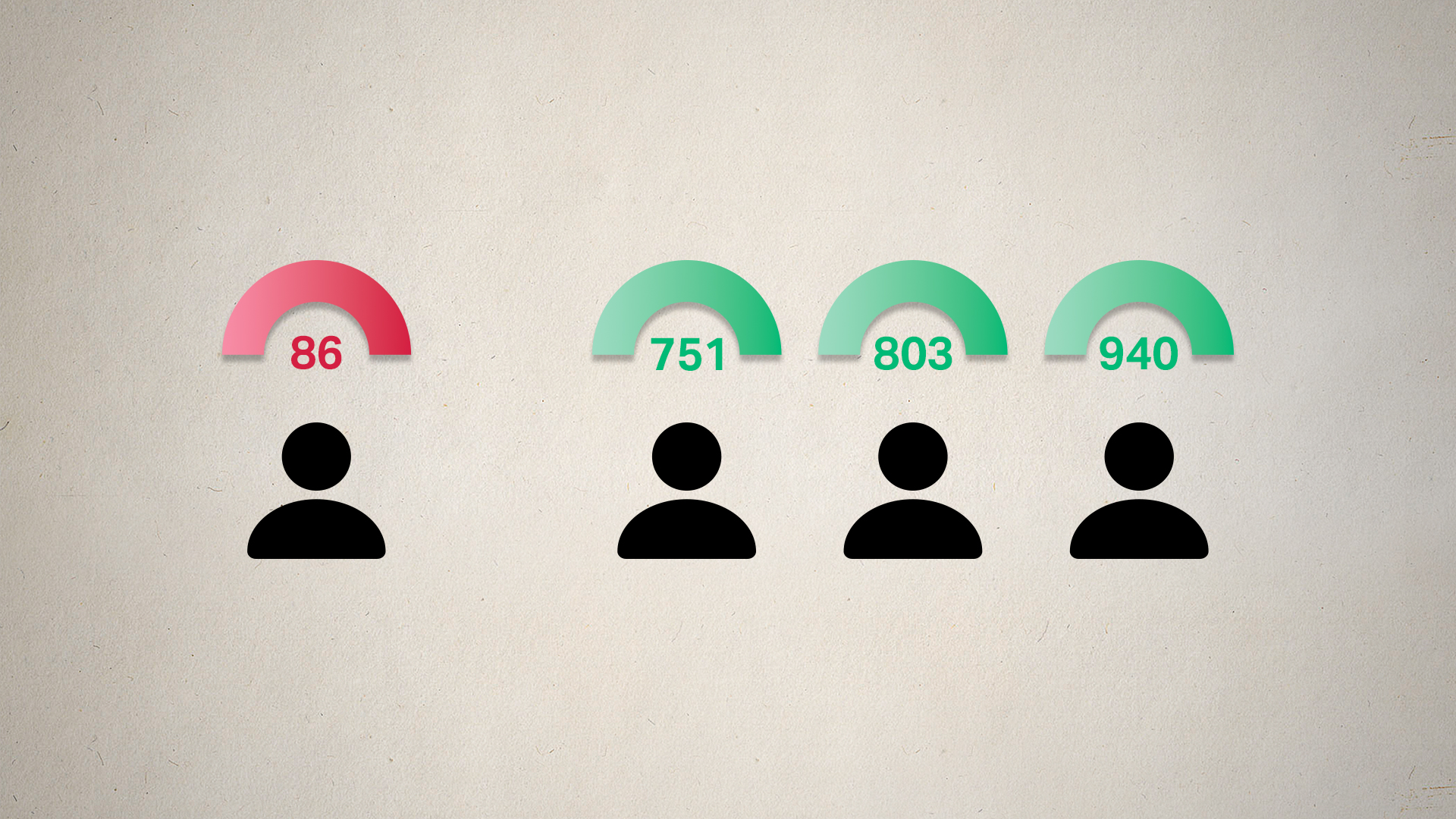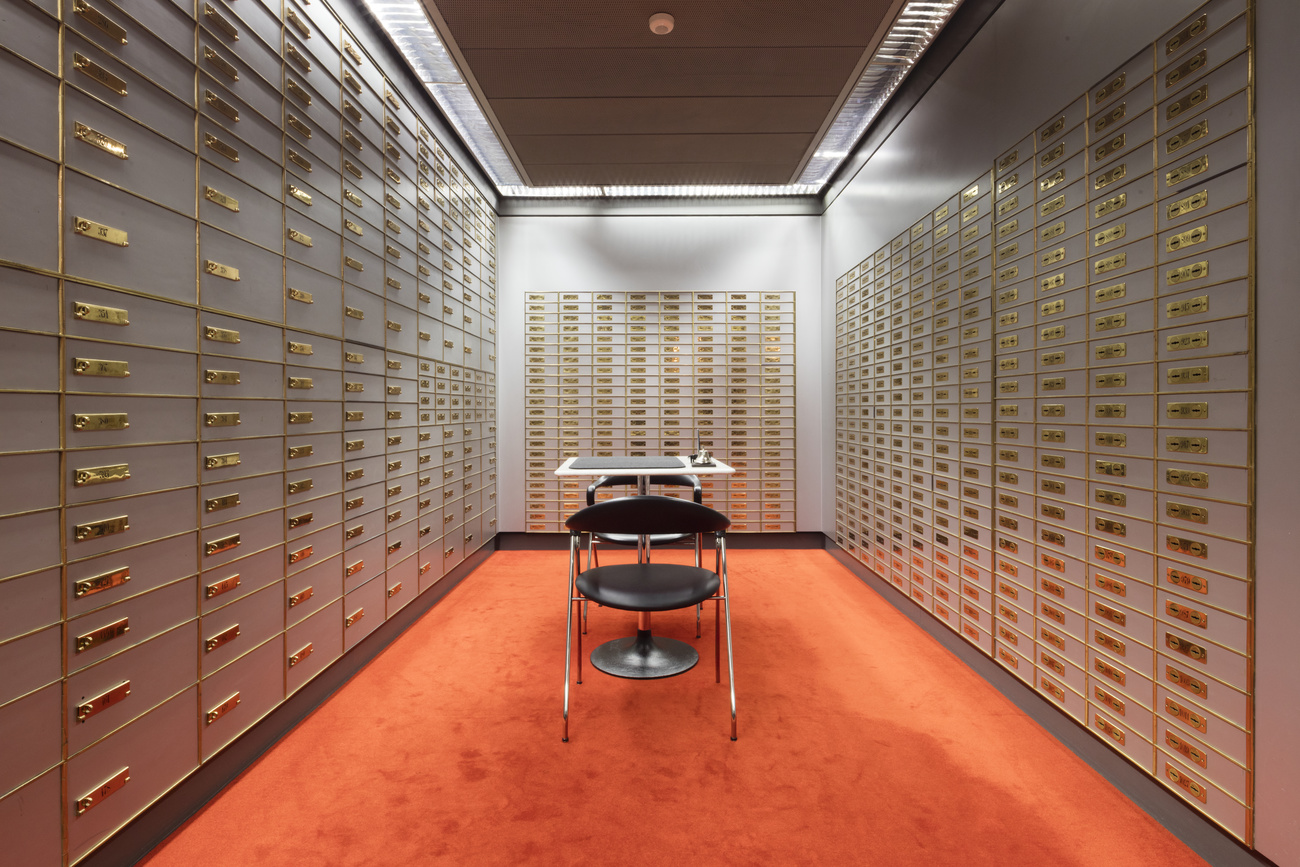
Sky disc of Nebra shines in Basel

The oldest representation of the cosmos – the sky disc of Nebra – has gone on show in Basel's history museum.
Basel has a special place in the disc’s history. It was here that police seized the disc after it was stolen from its place of origin in Germany.
The disc, which forms the centrepiece of an exhibition devoted to Bronze Age objects, has been hailed as one of the most important archaeological discoveries of recent times.
Made out of bronze with gold embossing, the 3,600-year-old object is an astronomical clock. It connects the sun and the moon calendars together, with the sun giving the day and year and the moon, the month.
The moon year is, however, 11 days shorter than the sun year. This was taken into account in ancient times by adding an extra month, leading experts to believe that people in the Bronze Age were already making sophisticated astronomical observations similar to those written about by the Babylonians around 1,000 years later.
The disc is thought to be a depiction of the Bronze Age view of the world – the Earth as a disc with the sky arching over it in a dome.
“Basically the disc was used by people in the Bronze Age, or at least the elite, to work out the beginning of spring or autumn, or the seasons in general,” Eliane Tschudin, a museum spokeswoman, told swissinfo. “They were not aware of the calendars of today with their named days and months,” she added.
“When the constellation of the sky matched that on the disc they knew for example that it was the beginning of spring.”
According to disc expert Ralph Hansen from the Hamburg Planetarium, this knowledge was very important and could be described as “Bronze Age high-tech know-how”.
“In those times when numerical rules [for calendars] were not yet available, people had to make observations of the sky to ensure the courses of the moon and the sun were in harmony,” he said.
Secrets
The disc is said to be the oldest representation of the cosmos known to man and is of great importance to researchers in archaeology, astronomy and the history of religion. But it has not yet revealed all its secrets.
“There are three films in the exhibition to help the public understand what the disc means,” said Tschudin.
The 32-centimetre disc, which weighs around two kilograms, was found – along with other valuables – in Nebra in eastern Germany. According to Tschudin, the site is well known to archaeologists and has been called “a buried history book” as it contains thousands of burial mounds.
Illegal treasure hunters have also been attracted to the area, which is how the disc is thought to have been found in 1999. The two who uncovered it, believing it was a type of lid sold it on – despite it belonging to the state of Saxony-Anhalt.
Basel connection
It was only three years later that the police followed the trail of the disc to Basel, when they intercepted two people trying to sell the object at the city’s Hilton Hotel. They and the treasure hunters have since been tried over the affair.
Also on show at the Basel exhibition are Swiss exhibits from the Bronze Age. This includes a golden bowl, dating from around 1,000 BC, which was found in Zurich, and which also shows the heavens.
And there is a golden goblet from Eschenz on Lake Constance which is the same age as the sky disc. The Trundholm Sun Chariot from Denmark, which shows a horse drawing the sun in a chariot, is also on display, as well as many burial mound articles, weapons and jewellery.
Experts say that the exhibition – thanks to the sky disc and the vast number of rare items on show – is one of the best on the Bronze Age.
swissinfo, Urs Maurer
The sky disc of Nebra is said to be one of the most important archaeological discoveries of our time.
The Bronze Sky exhibition, of which the disc is the centrepiece, runs until January 29, 2007 in Basel’s History Museum.
The exhibition has already been shown in Halle and Mannheim in Germany, Copenhagen in Denmark and in the Austrian capital, Vienna.
The sky disc of Nebra comes from the German state of Saxony-Anhalt from a hill site which contains thousands of burial mounds.
The hill is said to resemble Swiss cheese due to illegal excavations carried out by treasure hunters.
The director of the State Museum for Prehistory in Halle in Saxony-Anhalt heard that an important object had been found near Nebra and was being sold illegally.
He pretended to be an interested buyer, alerted the authorities and then arranged a meeting with the sellers in a Basel hotel.
After realising what the sky disc was, he rang the police from a hotel bathroom. The two sellers, both German, were then arrested.

In compliance with the JTI standards
More: SWI swissinfo.ch certified by the Journalism Trust Initiative




































You can find an overview of ongoing debates with our journalists here . Please join us!
If you want to start a conversation about a topic raised in this article or want to report factual errors, email us at english@swissinfo.ch.